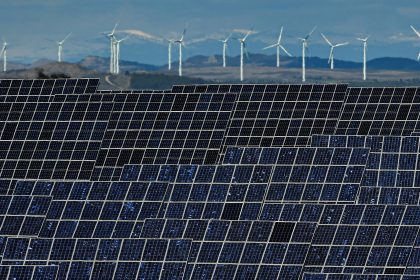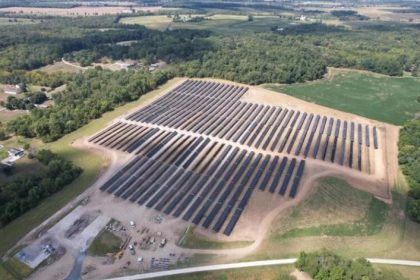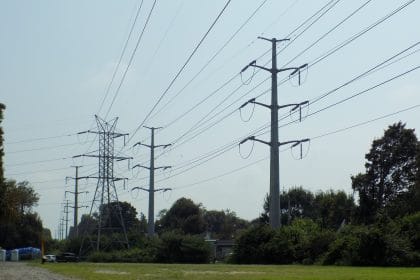Potential of US Hydrogen Market Takes Center Stage at Summit

WASHINGTON — Events large and small happen in the nation’s capital all the time, but few seem to represent the level of promise manifested at the recent Hydrogen Americas 2023 summit at the Ronald Reagan Building and International Trade Center.
Bolstered by the enthusiastic support and policies of the Biden administration as well as the passage of the bipartisan infrastructure law and the Inflation Reduction Act, the hydrogen sector appears ready to grow as never before, and several hundred attendees turned out to get in on the ground floor.
Following the summit, The Well News spoke with three attendees to get their perspective on what they heard and what the event meant in terms of the way forward.
“It feels like everyone in the hydrogen business in the United States has their toes on the starting line, anxiously waiting for some key announcements from the U.S. Departments of Energy and Treasury,” said Richard Voorberg, president, North America for Siemens Energy.
Siemens Energy is watching for those developments as well, but as Voorberg quickly made plain, the international energy giant is far from standing still in the meantime.
On the international stage, Siemens Energy is supplying 12 electrolyzers with a total capacity of 200 megawatts to Normandy, France.
Air Liquide, a world leader in gases, technologies and services for industry and health, will operate the electrolyzers in its Normand’Hy project.
Starting in 2026, Air Liquide’s plant in the Port-Jérôme industrial zone will produce 28,000 tons of renewable hydrogen annually for industry and the mobility sector. With this amount, a hydrogen-fueled road truck could make it 10,000 times around the world.
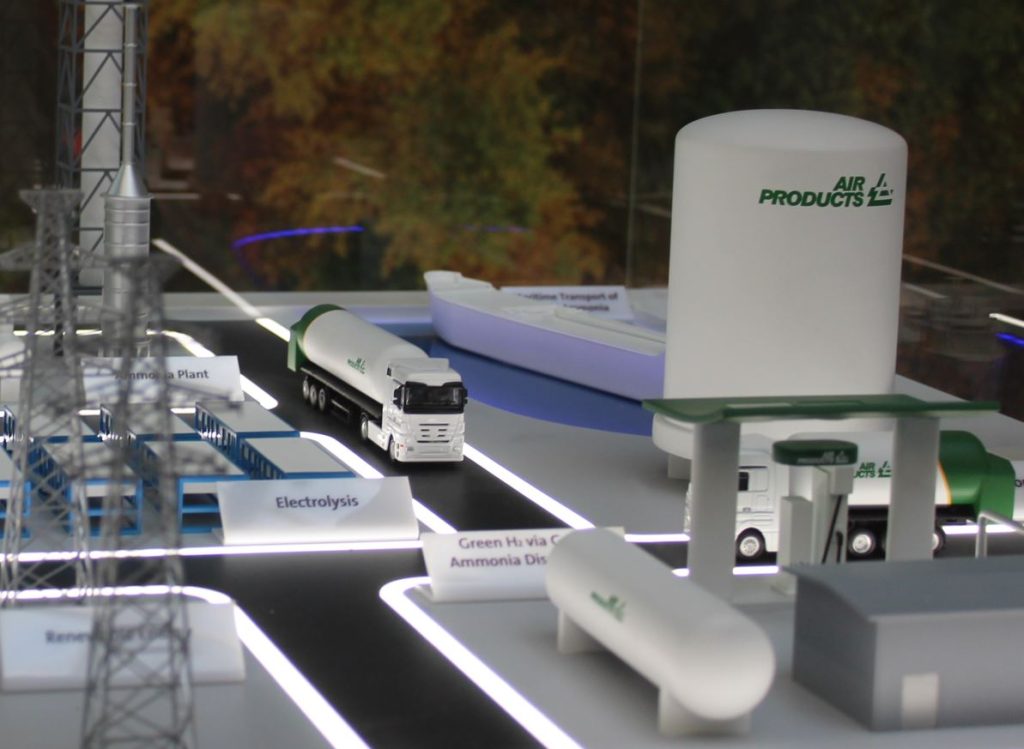
Meanwhile, Siemens Energy and sports car manufacturer Porsche have joined forces with a number of international companies to build an industrial plant for the production of virtually CO2-neutral fuel (eFuel) in Punta Arenas, Chile.
The Haru Oni project takes advantage of the perfect climatic conditions for wind energy in Magallanes province in southern Chile to produce the CO2-neutral fuel using low-cost green wind power.
In the first step, electrolyzers split water into oxygen and green hydrogen using wind power. CO2 from a biogenic source is combined with the green hydrogen to produce synthetic methanol, which in turn is converted into eFuel.
Here in the United States, a test on a Siemens Energy SGT6-6000G gas turbine in Alabama showed that, with only minor modifications, an existing natural gas plant can safely operate on a blend of 38% hydrogen, nearly doubling the previous blending record for similar generators.
At present, gas turbines from Siemens Energy are capable of running on 75% green hydrogen, Voorberg said. By 2030, he assured The Well News, the company’s gas turbines will be 100% hydrogen ready.
In addition, Siemens Energy has an agreement with HIF Global to manufacture electrolyzers for their HIF Matagorda eFuels Facility in Texas which is expected to have a capacity of approximately 1.8 gigawatts to support approximately 300,000 tons per year of green hydrogen production.
Incentives to Going Green Still Too Voluntary
Claus Nussgruber is CEO of Utility Global, a company that specializes in converting a range of gasses into sustainable hydrogen and syngas (a mixture of hydrogen and carbon monoxide that can be used as fuel) without utilizing electricity.
“From the interactions I had with top executives at the conference, there is a concern that (especially in the United States), there is a significant supply incentivization without the work to build equitable reasons for usage of said supply … in other words, building demand,” he said.
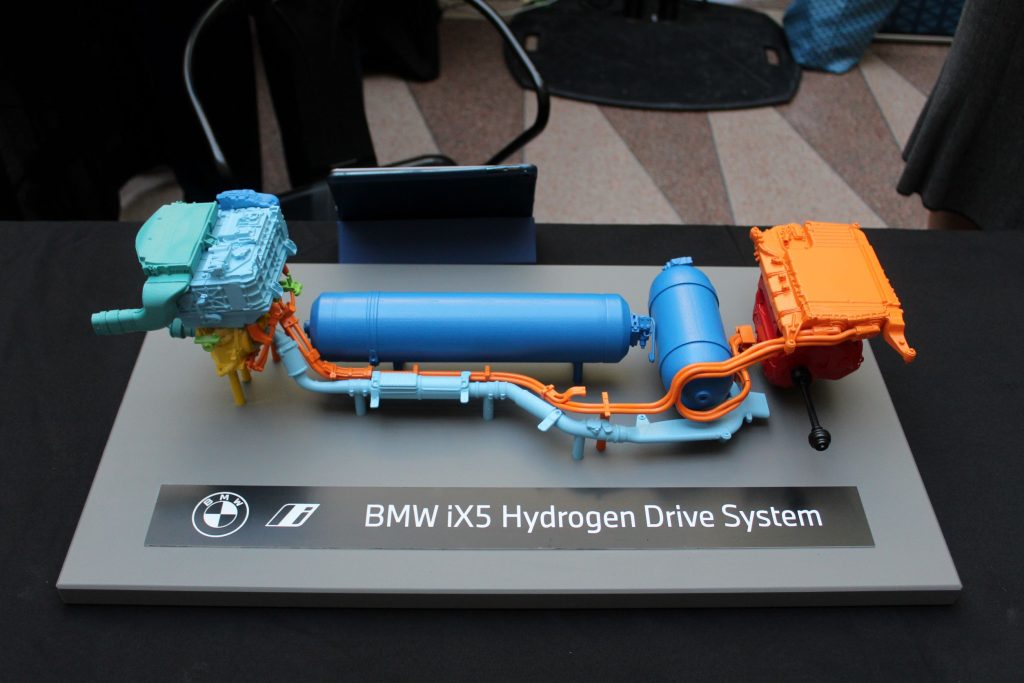
“Almost every talk, every session, every networking opportunity, there was plenty of discussion around the need to go ‘green’ and utilize low-carbon hydrogen as a catalyst for decarbonization, especially amongst industrial sectors — but the reality is the incentive to ‘go green’ is still too voluntary, with little-to-no consequences for not doing it,” Nussgruber said.
“We need to follow through with corporate responsibility and see mandates and regulations that match the supply incentivization to create a more equitable environment for hydrogen,” he continued.
“Not doing so leads to two possible negative results — first is a significant delay in decarbonization which is crucial to enabling the energy transition to a low carbon world and the second impact is a drastic increase in excess of supply which leads to dropping prices and underachieving returns on investment — which again stalls decarbonization efforts as implementation struggles and companies exit the space,” he said.
Later, expanding on his thoughts on building out the demand-side incentive system for hydrogen, Nussgruber said one way it can take place is in the form of some kind of carbon pricing mechanism.
“Something like a carbon tax or a cap-and-trade system, which can make ‘green’ hydrogen more competitive compared to carbon-intensive alternatives,” he said, adding, “This is a win/win scenario for the decarbonization industry and the planet.”
While Nussgruber said there are real opportunities for the growth of the hydrogen sector on the global scale, the U.S. has taken a strong leadership position with the passage of the Inflation Reduction Act.
“And the world has taken notice,” he said.
“It is also critical to incentivize new innovations that are designed specifically for a low carbon world in order to step-change from what are simply adapted technologies at this time, for example electrolysis and steam reforming (a method for producing syngas),” he continued. “Companies who can and are moving fast should be rewarded.”
Asked what he’d like to see happen next from a legislative perspective, Nussgruber, not surprisingly given his other comments, said “demand-side incentivization needs to take the front row.”
“Purchase agreements, mandates, grants, tax credits, etc. … there are a myriad of opportunities for legislative and regulatory involvement to direct the industry and, if done right, can help us unlock beyond net zero hydrogen production as the affordable energy of the future,” he said. “Another direction for legislation would be to make CO2 storage a public utility and made available broadly.”
A Need to Get Many Things Right
Morgan Rote, director of U.S. Climate Policy Analysis at the Environmental Defense Fund, said one of her takeaways from the summit was that the industry as a whole seems to be shifting from a start-up mentality to a more mature market perspective.
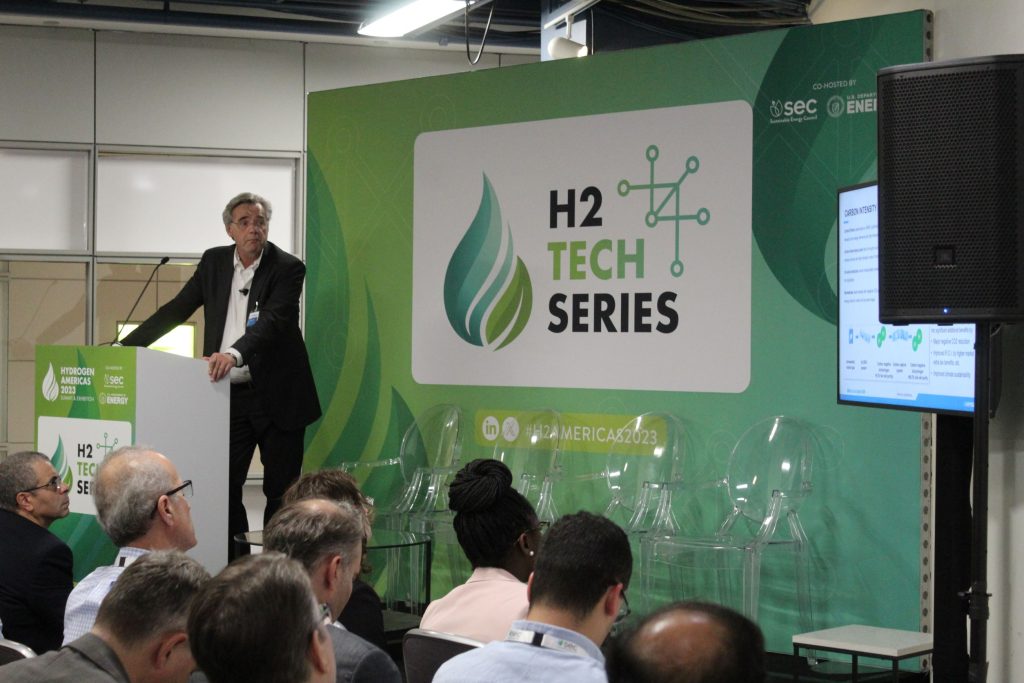
“We heard over and over the importance of international alignment and harmonization of standards to facilitate trade and build a global market,” she said. “There was also recognition that there are still crucial gaps in regulation, and those must be filled to enable safe and environmentally sound infrastructure buildout.
EDF believes hydrogen has important potential to serve as a clean energy resource for certain challenging sectors, like shipping and steel production.
“But it is not inherently climate neutral, and to achieve its potential, we have to make sure it is produced, managed and deployed carefully,” Rote said.
“This means not all applications that we heard about during the summit — for example, blending into the gas distribution network — are a good idea. If an end use can be electrified, that’s far preferable from a cost, climate, and safety perspective,” she said.
Rote said if hydrogen’s potential is truly going to be achieved, “we have to get a lot of things right.”
“This includes producing it with very low GHG emissions, using it in the right places and — crucially — ensuring that we’re managing the molecule effectively. After all, hydrogen is a small, leak-prone molecule that has powerful warming effects when released into the atmosphere” she said.
“The silver lining here is that we have the opportunity to get ahead of this problem — we can figure out how to track and reduce H2 emissions before major build-out begins. This will help us maximize the climate benefits of hydrogen, while reducing wasted product and safety risks,” she said.
Like Nussgruber, Rote was asked what she would like to see happen next, from a legislative perspective, when it comes to the hydrogen sector.
“Well, to begin with, we need to make sure that legislation like the hydrogen production tax credit is being designed as intended — as a tool to substantially reduce GHG emissions,” she said.
“This means the U.S. Treasury must issue rules that accurately account for the upstream emissions from methane (for blue hydrogen) or grid electricity (for green hydrogen),” Rote said.
“The current ‘government calculator’ severely underestimates methane emissions, so this needs to be updated to reflect the best available science and data. And we need to avoid the risk of electrolyzers increasing grid-wide emissions (for example, by diverting existing renewables or relying on fossil fuel generation during certain hours) — by requiring them to procure new clean supply that is located nearby and hourly matched.
“Ultimately, hydrogen facilities need to be required to minimize hydrogen emissions on site, including by deploying sensors capable of pinpointing leaks,” Rote added.
For a final word, we returned to Voorberg, who said, “The Hydrogen Americas conference was packed with innovators and investors from around the globe that see the enormous potential for hydrogen as a key part of the energy transition.
“I attended the conference last year and I think that when I return in 2024 it will be an entirely different market. I look forward to it,” he concluded.
Dan can be reached at [email protected] and at https://twitter.com/DanMcCue



















